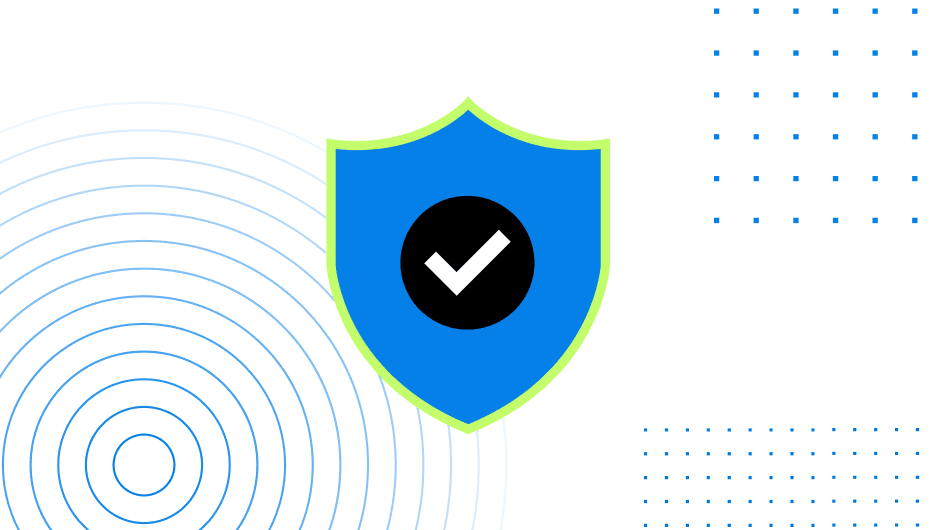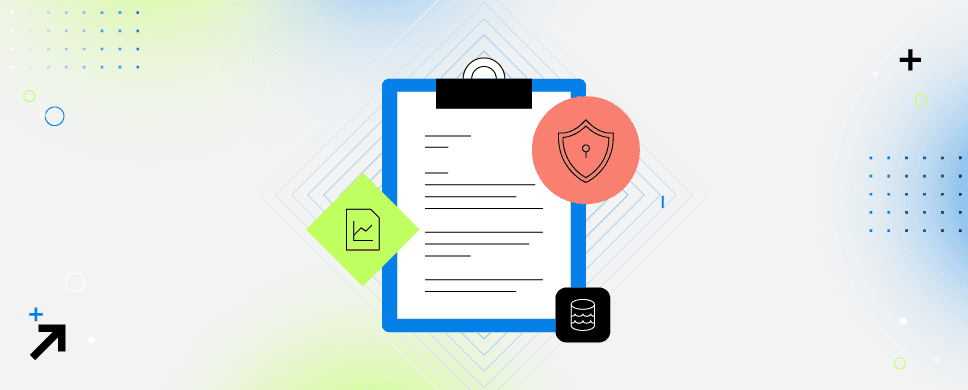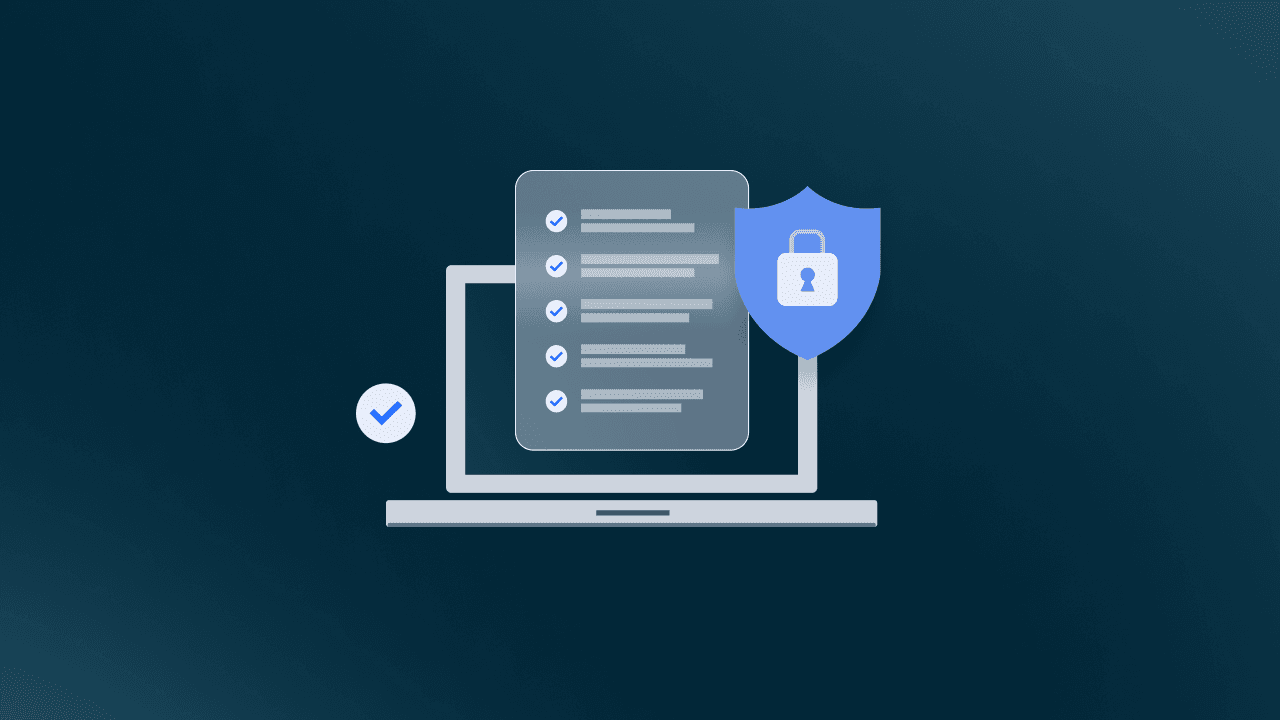What is Security Posture? How to Assess and Improve it Across Your Organization
Understanding what security posture is and where your organization stands has never been more important. Learn more about security posture.
The focus on security within organizations is increasing without any signs of slowing down. To avoid the consequences of a breach, companies need to be proactive about detecting and responding to cybersecurity threats.
Understanding your security posture and knowing how to evaluate it and implement improvements will be key in establishing a security-first company culture. It’s also an essential step to stay in compliance with security frameworks and regulations like SOC 2, GDPR, and CCPA. Keep reading to learn more about security posture.
What is Security Posture?
An organization’s security posture is a reflection of its overall security strategy and the effectiveness of its security controls. It’s a measure of how well an organization can predict, prevent, and respond to threats.
Why is it Important?
A strong security posture helps protect a company from cyber threats and other malicious activity. There are several factors that contribute to an organization’s security posture, including its security policies, procedures, and technologies. You can’t afford to overlook any of them.
How to Assess Your Security Posture
To know if your organization is taking the right steps when it comes to security, you first need to evaluate the state of your security posture. There are many pieces of the security puzzle, and you have to get the full picture to know how to move forward.
Here’s a look at the primary components of a risk assessment that relate to your security posture.
Understand How Your Company Runs
How does your company generate revenue?
What services and products does your company provide?
What types of data does your company use or interact with?
Take Inventory of IT Assets
Creating your asset inventory is a logical step towards identifying what you need to do to ensure cyber protection. This should include all technology, hardware, software, and data within your organization. As you do your inventory, consider giving each item or set a unique ID to avoid confusion as your IT landscape grows.
Evaluate Attack Vectors and Surface
Attack vectors are the methods that those with malicious intent use to breach your network.
Some target overall infrastructure, others target the users that access your network. The attack surface is a combination of your asset inventory and attack vectors. Looking into this gives you a complete understanding of all the ways people may attempt to gain unauthorized access.
Review Your Key Security Metrics
Since organizations are facing so many different threats, it’s more important than ever to track your efforts. Review the security metrics you’re already aware of to help identify potential gaps.
There are many different metrics you may choose to look at. Start by considering what success looks like for your security program. Some common security key performance indicators for Incident Response (KPIs) are:
Mean Time to Detect (MTTD)
Mean Time to Resolve (MTTR)
Mean Time to Contain (MTTC)
8 Steps to Strengthen Your Security Posture
If there’s a universal truth when it comes to security practices, it’s that there’s always room for improvement. Here are eight steps you can take to strengthen your security posture and protect your organization against looming threats.
1. Prioritize Security Risks
The risk landscape is always evolving, and many companies are feeling the impact. Data from IBM shows that 2021 saw the highest average cost of a data breach in 17 years, from $3.86 million to $4.24 million on an annual basis.
To prevent these issues effectively, you need to know where your organization’s attention should be. Focus your risk mitigation actions on what matters most, and save the lower risk issues for when you’re able to free up more time and resources.
2. Include Security in Every Conversation
As you work on new initiatives and implement new technologies, security must be a primary concern. By thinking about security from the start, you’ll eliminate many of the potential security risks you could face before they have a chance to wreak havoc.
3. Educate Your People
You can make the most comprehensive plans that your security team can come up with, but if everyone in your organization doesn’t understand their role, it won’t matter. Human error has been identified as one of the top security risks in the past.
Now, a recent survey from the Tessian security firm found that 56% of senior IT technicians believe their employees have picked up bad cybersecurity habits while working from home.
4. Implement Continuous Monitoring
Relying on manual processes leaves a lot of room for gaps and human error, especially when there are a lot of different tools that make up your tech stack. Continuous monitoring ensures that you always have access to timely and relevant information about the security risks you need to contend with–drastically reducing your risk.
5. Define Risk Ownership and Responsibilities
Who has the accountability and authority to manage risks in your organization? What actions does each employee need to take to ensure security? Thinking through risk ownership and setting expectations for each employee is important. When everyone understands what their role is—from part-time employees to managers and executives—you’ll establish a strong foundation for your security programs.
6. Regularly Analyze Security Controls
Security isn’t something you can “set and forget.” Instead, you need to put processes in place and take the time to review security controls regularly. That way, you can make changes as your organization evolves and security threats grow.
Strive for a Defense in Depth or layered security control approach. High value data or assets should never be protected by a single control. A realistic model is to make it more expensive for an attacker to break into your network than the value of what you’re protecting.
7. Track Your Metrics
Measuring the success of your security program is one way to keep everything on track. Establish appropriate goals and KPIs from the start to measure the success of your security programs.
8. Create Your Incident Response Plan
Who is on your incident response team and what is the best way to reach them? Answering these questions is key to creating an effective response plan. You also need to document what actions your team should take in the event of a breach, and how they should record the details when dealing with a threat.
If you’re looking to simplify and automate many of these steps, schedule a demo with our team. Drata continuously monitors 100+ security controls, automates evidence collection, and alerts owners when an employee is out of compliance.
Use Drata to confidently prove your security and compliance posture any day of the year while fostering a security-first mindset and culture of compliance across your organization.







